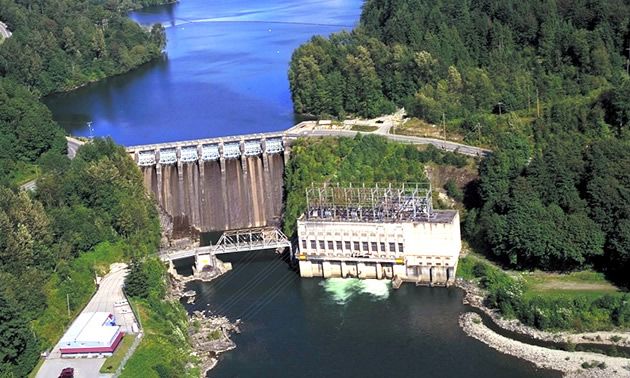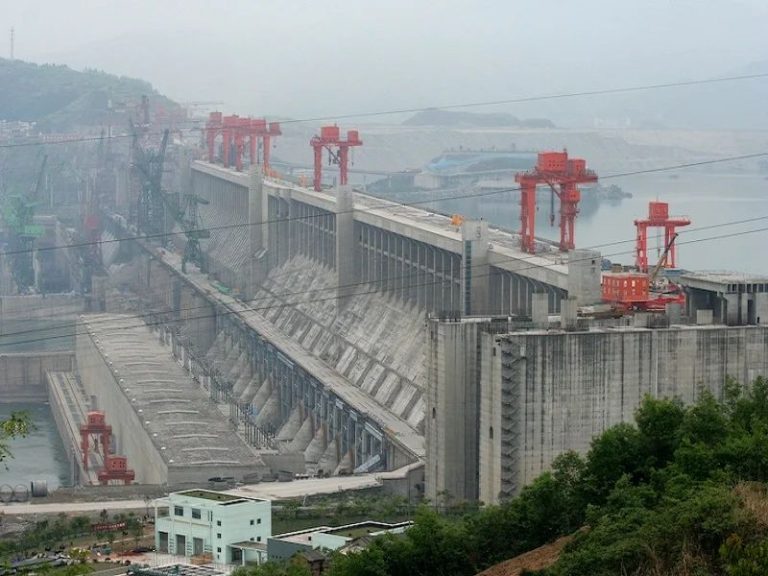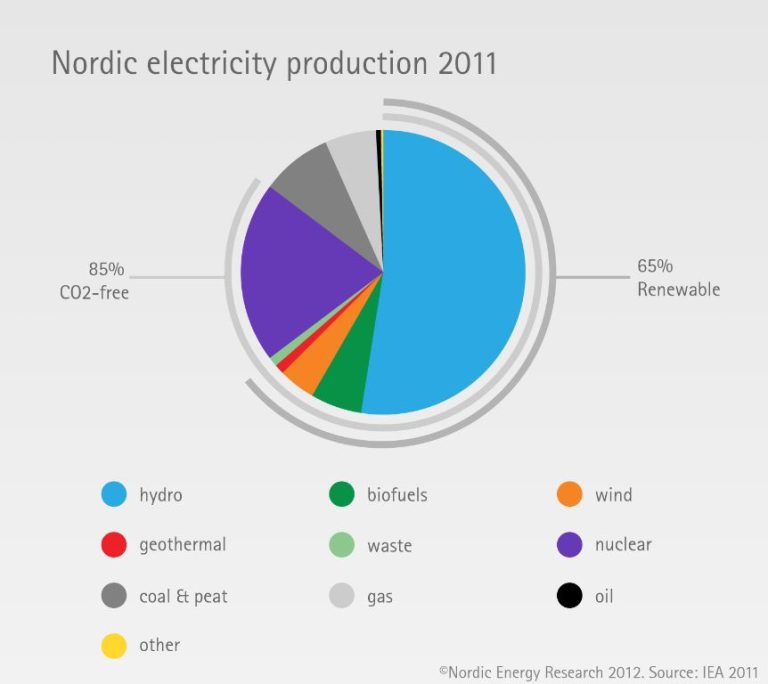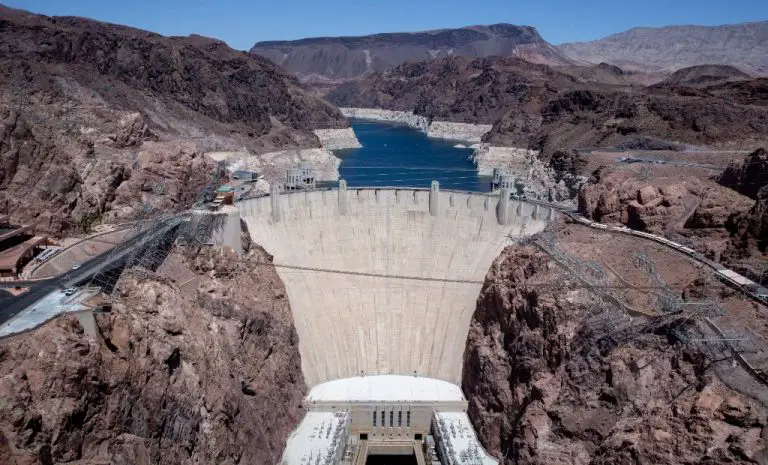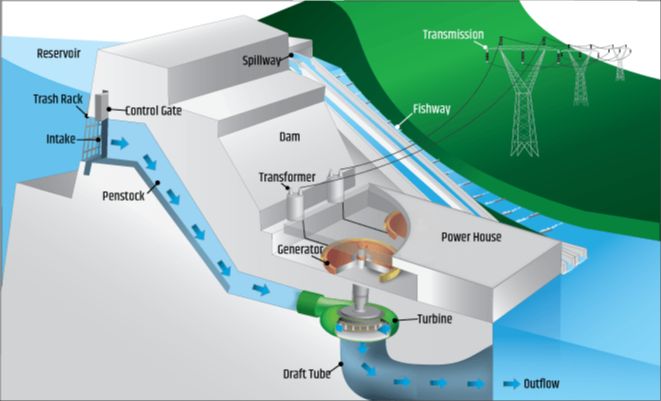Is Water Or Nonrenewable?
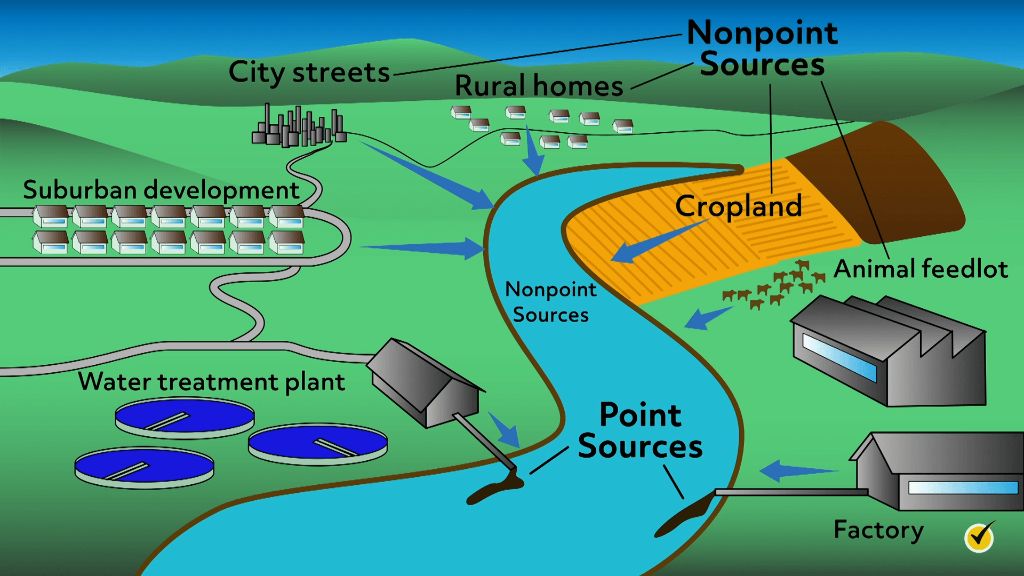
Renewable resources are naturally replenished and can be used sustainably over long periods of time. Examples include solar, wind, water and geothermal energy. Nonrenewable resources exist in a fixed amount and will eventually run out if used continuously. Examples include fossil fuels like oil, coal and natural gas.
There is an ongoing debate about whether water should be classified as renewable or nonrenewable. While the hydrologic cycle continually regenerates water through evaporation and precipitation, water scarcity is becoming an increasing challenge in many parts of the world. Factors like climate change, pollution, overuse and population growth threaten water security for the future. This article will provide an in-depth look at the nuances around water’s renewability.
The Hydrologic Cycle
The hydrologic cycle, also known as the water cycle, describes the continuous movement of water on, above, and below the surface of the Earth. It is a closed cycle, meaning water is neither created nor destroyed in the process. The sun provides the energy that drives the water cycle by heating the oceans and other bodies of water, causing evaporation. When water evaporates from the surface, it transitions from liquid to water vapor in the form of tiny droplets suspended in the air. As moist air rises, it cools, causing the water vapor to condense back into liquid, forming clouds. Clouds accumulate moisture until they reach their carrying capacity and precipitation in the form of rain, snow, sleet or hail falls back to the land or ocean. Some precipitation seeps into the ground through a process called infiltration, which replenishes groundwater supplies in underground aquifers. Water that cannot infiltrate the ground runs over the surface, forming streams and rivers in a process known as runoff. Runoff water eventually makes its way back to the oceans, where it can evaporate and repeat the cycle. Another form of return flow to the atmosphere is transpiration, in which plants absorb water from the soil and release it as vapor through small pores in their leaves. On average, the hydrologic cycle completely renews the Earth’s freshwater supply every 16 days (1). By driving a continuous sequence of evaporation, condensation, precipitation, infiltration, runoff, and transpiration, the hydrologic cycle purifies and circulates freshwater throughout the planet.
Sources:
(1) https://www.nwrfc.noaa.gov/info/water_cycle/hydrology.html
Water Scarcity
Water scarcity is a major issue affecting many regions around the world. According to this UN report, over 2 billion people live in countries experiencing high water stress. The Middle East and North Africa are particularly affected, with more than 60% of the population living in areas with high water stress.
Water scarcity arises when demand for water exceeds the available renewable supply. It can occur due to natural conditions like drought, or human factors like overuse and pollution of water resources. When an area experiences prolonged or frequent water scarcity, it can begin to seem like water is nonrenewable there.
Scarcity severely impacts human health, agriculture, industry, and ecosystems in a region. Lack of sufficient clean water leads to poor sanitation, disease, crop failure, and depletion of groundwater. Water-stressed areas often must rely heavily on nonrenewable groundwater, desalination, and water imports to meet demand. If the scarcity continues unabated, water can become effectively nonrenewable in that region.
Addressing scarcity requires both increasing supply through means like recycling and desalination, and decreasing demand via conservation and efficient use of water. It also involves improving water resource management and policies to ensure equitable access to water. With such integrated approaches, renewable freshwater can be sustained even in water-scarce regions.
Aquifers
Aquifers are underground layers of porous rock, sand, or gravel that store large amounts of water. This groundwater fills the spaces between rocks and soil particles and can serve as a source of freshwater. Aquifers get recharged over time as precipitation seeps down through the soil and rock to refill the aquifer. However, in many parts of the world, aquifers are being depleted faster than they can be recharged.
According to a study, the rates of aquifer depletion can be accurately measured using data from the GRACE satellites which detect subtle changes in the Earth’s gravity field related to changes in water storage below ground. Many major aquifers around the world are experiencing high rates of depletion due to excessive groundwater pumping for agriculture and other uses. The Ogallala Aquifer in the central United States, for example, has experienced heavy declines in some areas due to intensive irrigation for agriculture, with depletion rates up to 3 feet per year in parts of the Texas Panhandle.
Aquifer depletion leads to lowering of the water table, increases in pumping costs, and can eventually exhaust groundwater reserves entirely if not properly managed. Sustainable use of aquifers requires matching the rate of usage to the recharge rate over the long-term. Conservation, water recycling, improved irrigation techniques, and reduction in groundwater pumping are some ways depletion rates can be reduced.
Water Conservation
Water conservation is extremely important as freshwater supplies are limited and many parts of the world face water scarcity. By using water efficiently, we can help ensure adequate water supply now and for future generations.
There are many simple ways households and businesses can conserve water:
- Take shorter showers and install water-efficient showerheads (https://water.ca.gov/water-basics/conservation-tips)
- Turn off the faucet when brushing teeth or shaving
- Only run full loads in the washing machine and dishwasher
- Check for and repair leaks in pipes, hoses, faucets and other fixtures (https://pendercountync.gov/utl/water-conservation-tips/)
- Install water-efficient appliances like low-flow toilets and faucets
- Use buckets to collect cold water while waiting for hot water for use in plants or cleaning
- Water lawns and gardens in the early morning or evening to reduce evaporation
Businesses can install low-flow aerators on sinks and showers, replace grass lawns with drought-tolerant plants, and use recycled water for landscaping. With some simple changes, we can all use water much more efficiently.
Water Pollution
Water pollution occurs when harmful substances contaminate water bodies like lakes, rivers, oceans, aquifers, and groundwater. Pollution can diminish freshwater supplies and harm humans, wildlife, and aquatic ecosystems. According to the NRDC, water pollution causes 1.8 million deaths per year due to contaminated drinking water and poor sanitation and hygiene (source).
There are several major sources of water pollution. Industrial waste containing toxic chemicals is often dumped into waterways, contaminating drinking water supplies. Agricultural runoff containing fertilizers, pesticides, and animal waste runs into nearby water bodies, creating algal blooms and oxygen-depleted dead zones. Sewage and wastewater from treatment plants can leak bacteria, viruses, and other pathogens into water if not properly treated. Urban stormwater runoff collects motor oil, antifreeze, road salts, and other pollutants as it flows across paved surfaces.
The effects of water pollution are severe. Contaminated drinking water causes illnesses like diarrhea, cholera, and typhoid. Nutrient pollution from fertilizers triggers algal blooms that suffocate aquatic life. Toxic chemicals accumulate up the food chain, harming fish and wildlife. Polluted waterways also impact recreation, tourism, and the economy. Comprehensive pollution prevention and water treatment are necessary to protect freshwater resources (source).
Water Policy
Water policy and regulation has become an increasingly important issue, especially in places like California that regularly face droughts and water scarcity. Current policies like the prior appropriation doctrine have provided a mechanism for allocating water rights in western states for over a century (Whittlesey, 1995). However, as water becomes more scarce, many argue that new policies and regulations are needed to better manage this limited resource.
In California, groups like the PPIC Water Policy Center are pushing for updated policies that reflect modern values and priorities around water use and conservation (PPIC Water Center). Policies that promote more sustainable use of aquifers, restrictions on water intensive agriculture, and incentives for homeowners to conserve water may be necessary as the state faces drier years ahead. While existing policies have served an important purpose, adapting policies to our current climate reality and societal needs will be critical to effectively protecting California’s water supply.
However, strong disagreement remains around the need for additional water regulations. The economic and social impacts of new policies would need to be carefully considered. With cooperation between policy makers, scientists, businesses, and citizens, solutions can likely be found to align water policy with the 21st century challenges we face.
Desalination
Desalination is a process that removes salts and other minerals from saline water to produce freshwater suitable for drinking or irrigation. The most common method used is reverse osmosis, which pushes saline water through a membrane that filters out the salts, producing potable water (1). Desalination allows freshwater to be created in areas with limited natural freshwater resources. With nearly three-quarters of the planet covered by ocean, desalination provides a route to tap into the vast reserves of seawater as a water supply.
However, there are challenges associated with desalination. It requires large amounts of energy, increasing costs and greenhouse gas emissions. There are also concerns around the brine waste product and its environmental impacts when disposed back into the ocean (2). Sustainability has improved as desalination technology has advanced, including using renewable energy sources like solar and wind to power the process. But desalination remains controversial in some regions due to its costs and environmental issues. Overuse of desalination could also reduce incentives to conserve freshwater supplies and pursue alternative water management strategies.
Sources:
(1) https://nyln.org/desalination-pros-and-cons-list
(2) https://www.infrajournal.com/en/w/water-desalination-pros-and-cons
Water Recycling
Water recycling involves treating wastewater or graywater and reusing it for beneficial purposes such as agricultural and landscape irrigation, industrial processes, toilet flushing, and replenishing groundwater (International Journal of Advanced Engineering Research and Science, 2022). There are two main types of water recycling:
Direct potable reuse involves treating wastewater to drinking water standards and then distributing it directly into the water supply system. This method augments drinking water supplies and requires advanced treatment methods like reverse osmosis and UV disinfection (NetSol Water, 2022).
Indirect potable reuse first treats wastewater then returns it to the environment or groundwater supplies for natural filtration before extracting it again for drinking water. This technique helps recharge aquifers and surface reservoirs (Rhode Island Water Resources Board, n.d.).
Water recycling helps conserve freshwater supplies, enables reuse of nutrients in wastewater, reduces wastewater discharge to the environment, and decreases demands on existing water infrastructure. As freshwater supplies come under strain due to factors like drought and population growth, water recycling offers a sustainable way to increase water availability for potable and non-potable uses.
Conclusion
In summary, water is generally considered a renewable resource. The water cycle, driven by the sun’s energy, allows water to renew itself through evaporation, condensation, and precipitation. However, in some cases water can act as a nonrenewable resource if extracted unsustainably from underground aquifers or contaminated through pollution.
While water covers most of the planet, only a small percentage is readily available for human use. With increasing water scarcity around the world due to overuse, pollution, and climate change, there are growing concerns about water shortages. Careful management of water through conservation, protection of water resources, improved efficiency, and new technologies like desalination and recycling will be crucial to ensure adequate, clean water supplies in the future.
So while water remains renewable in the broad hydrologic sense, it can potentially be depleted regionally. With wise stewardship of freshwater reserves and aquatic ecosystems, water can continue being a renewable resource supporting all life on Earth.

